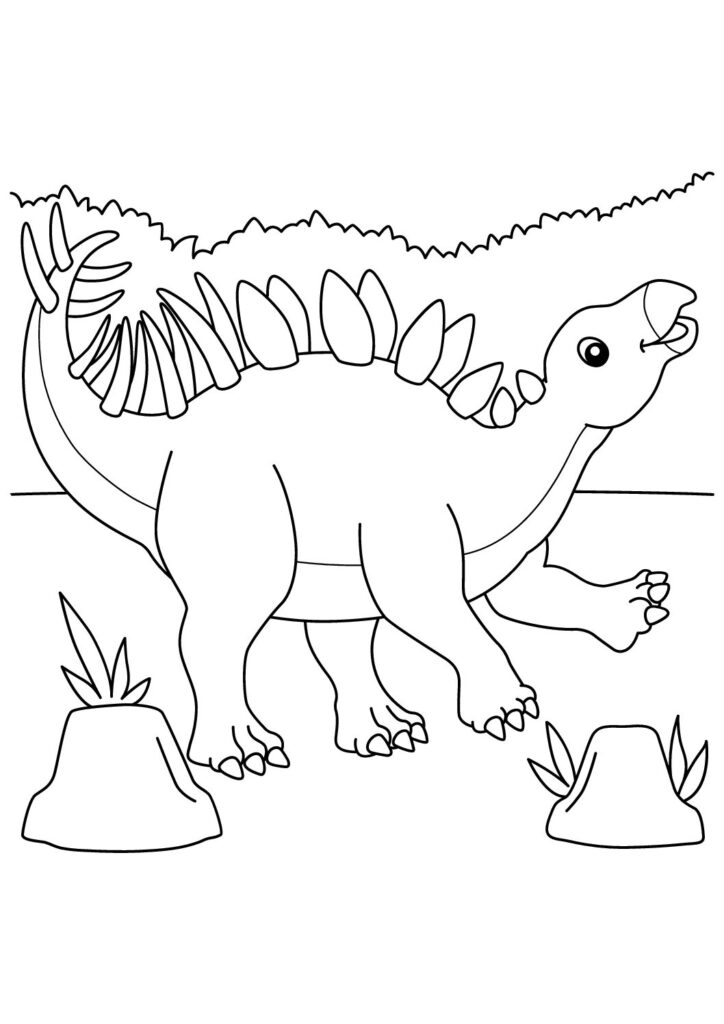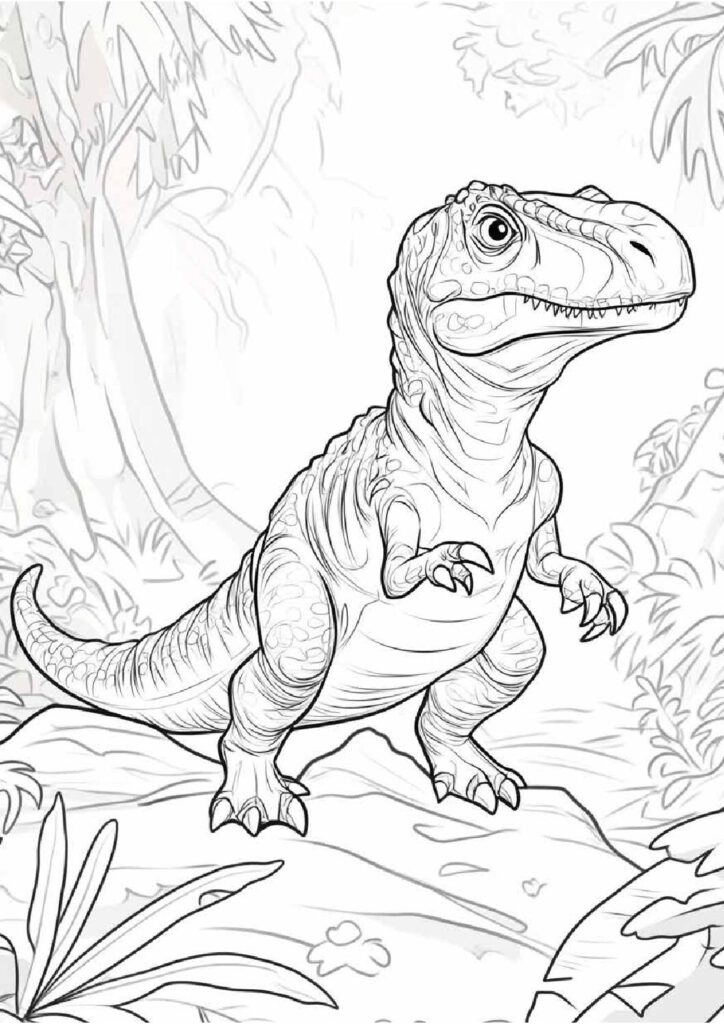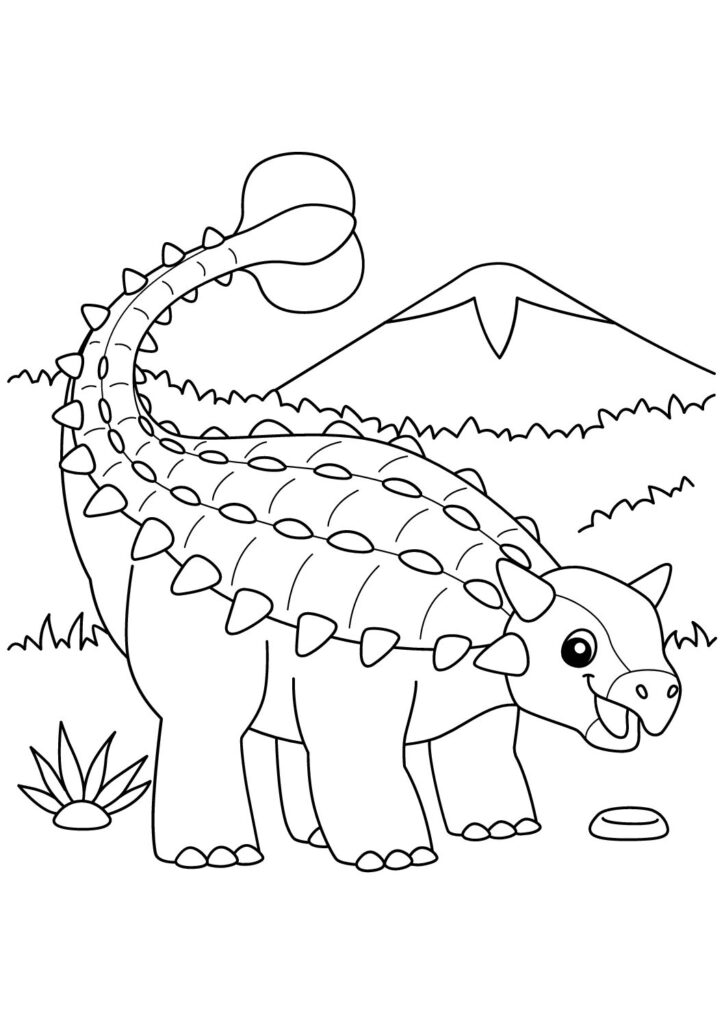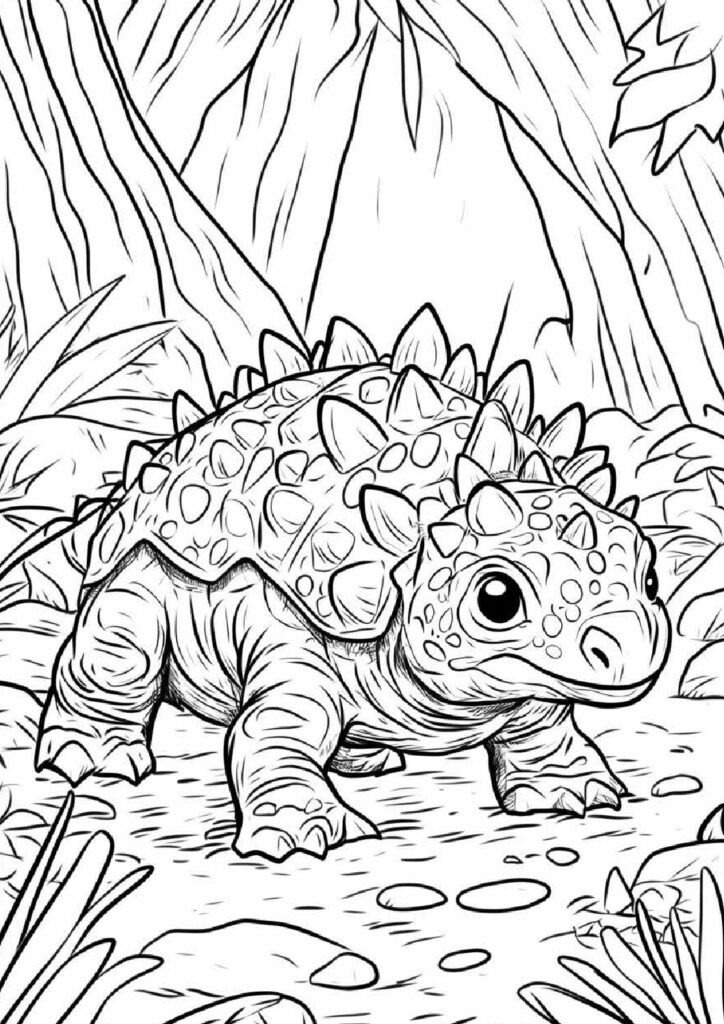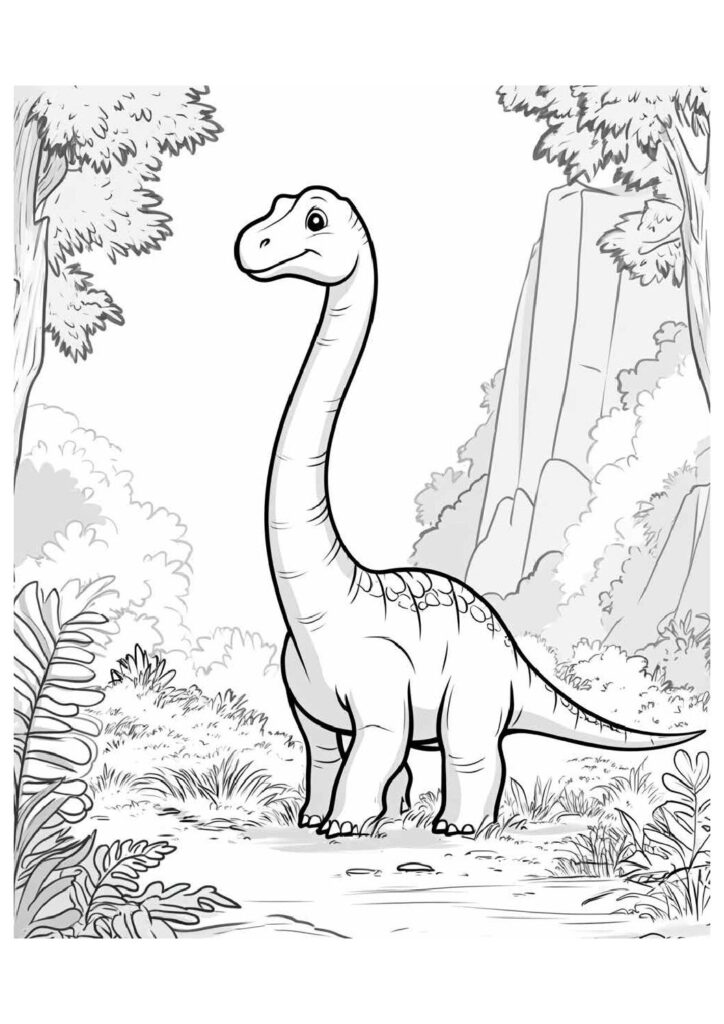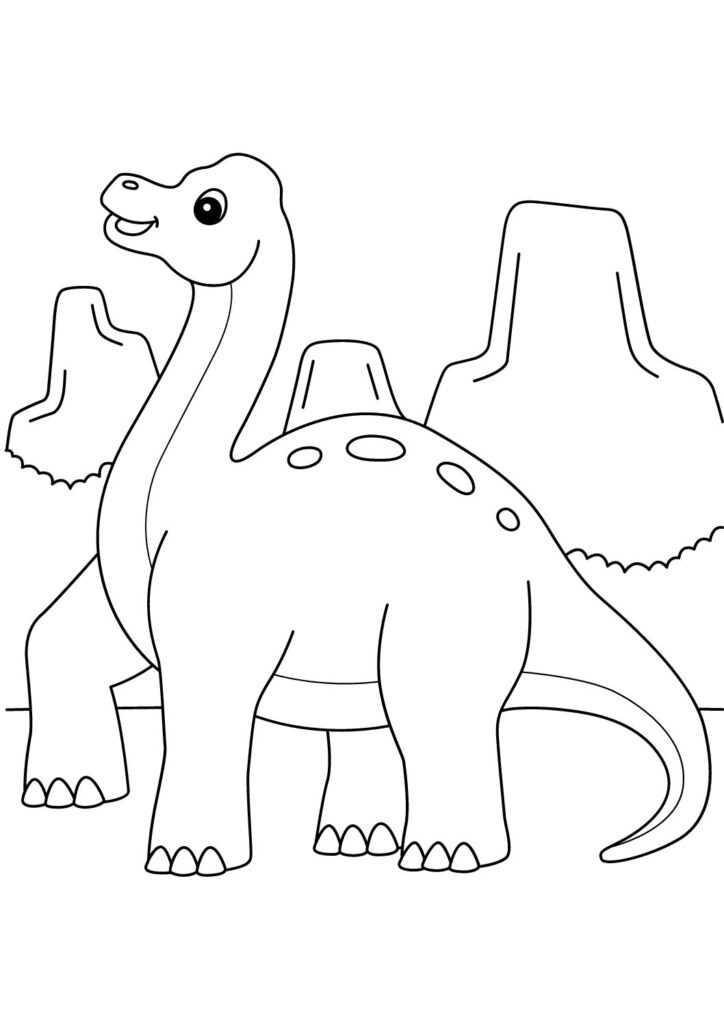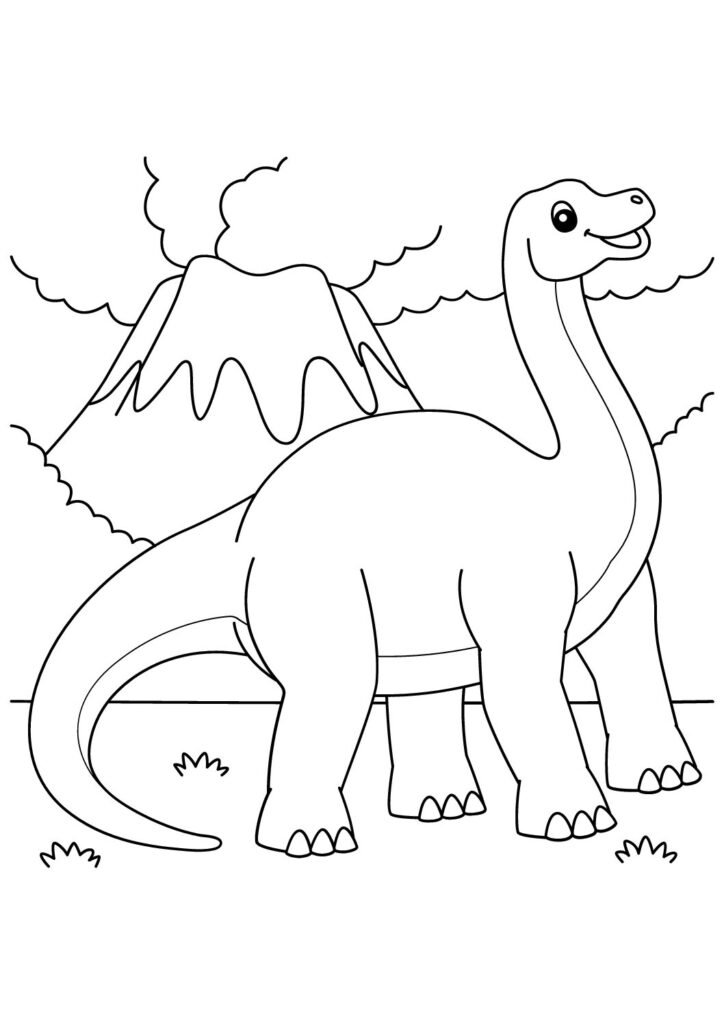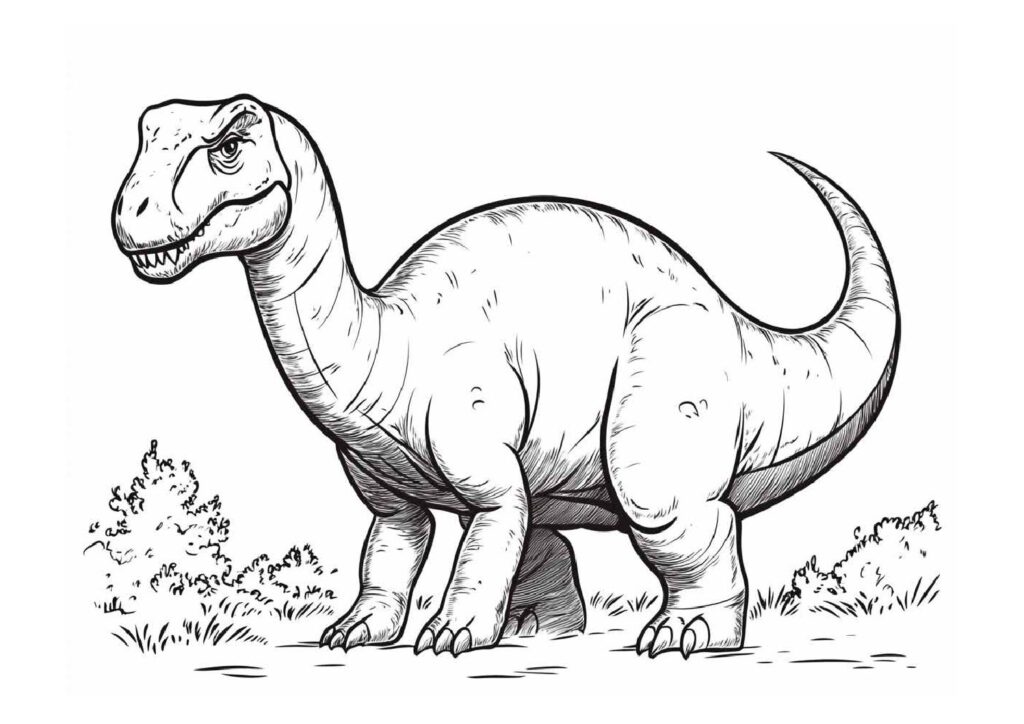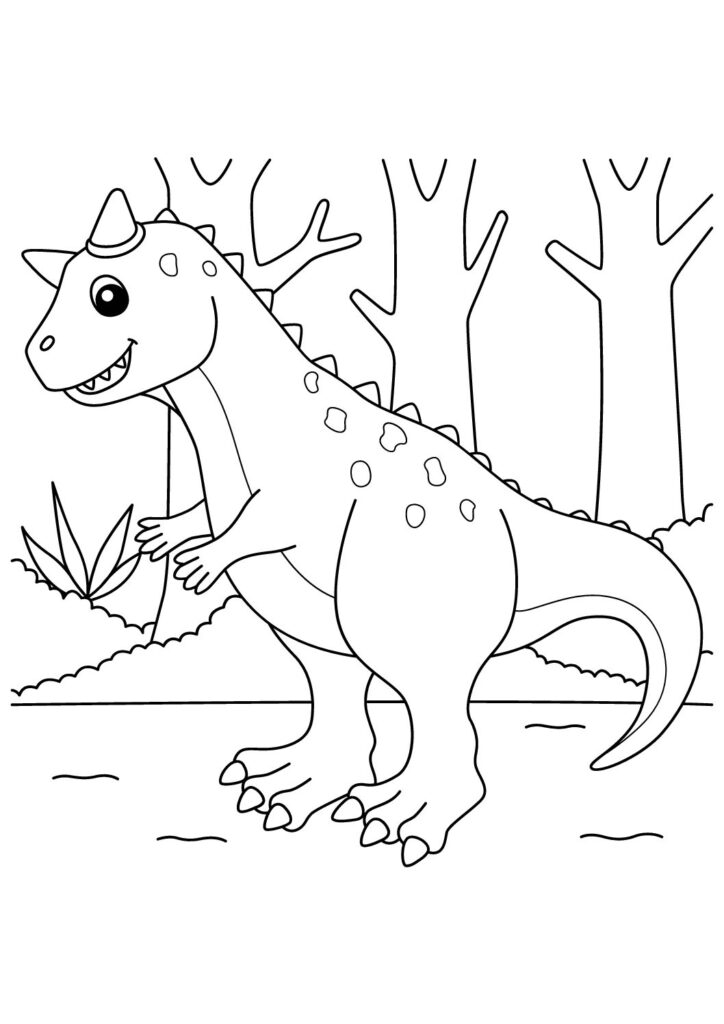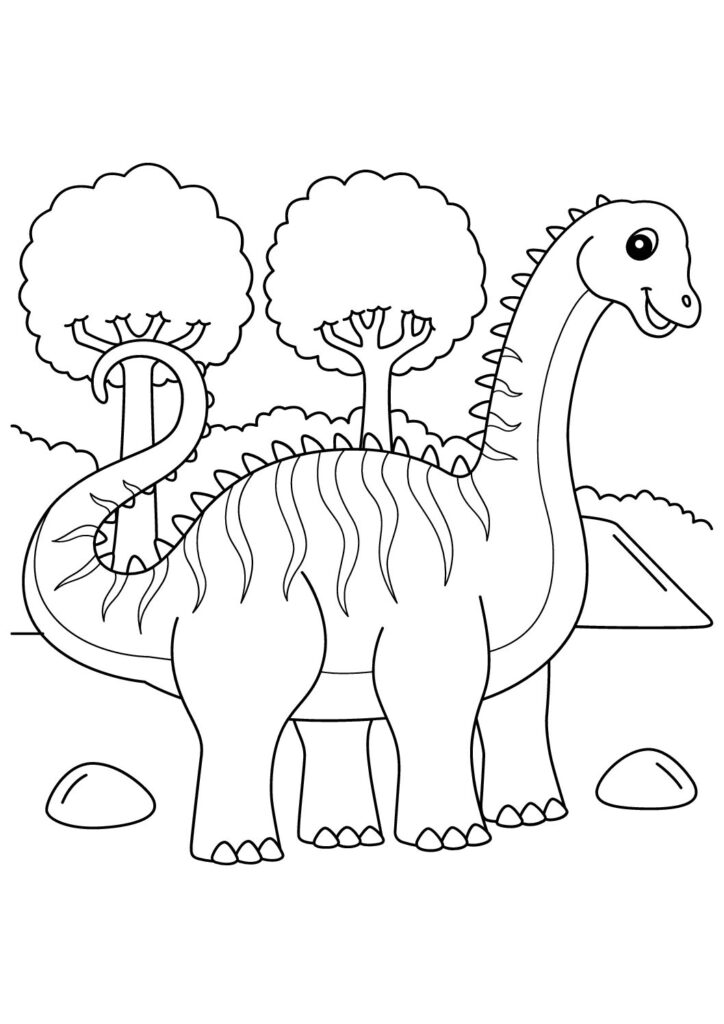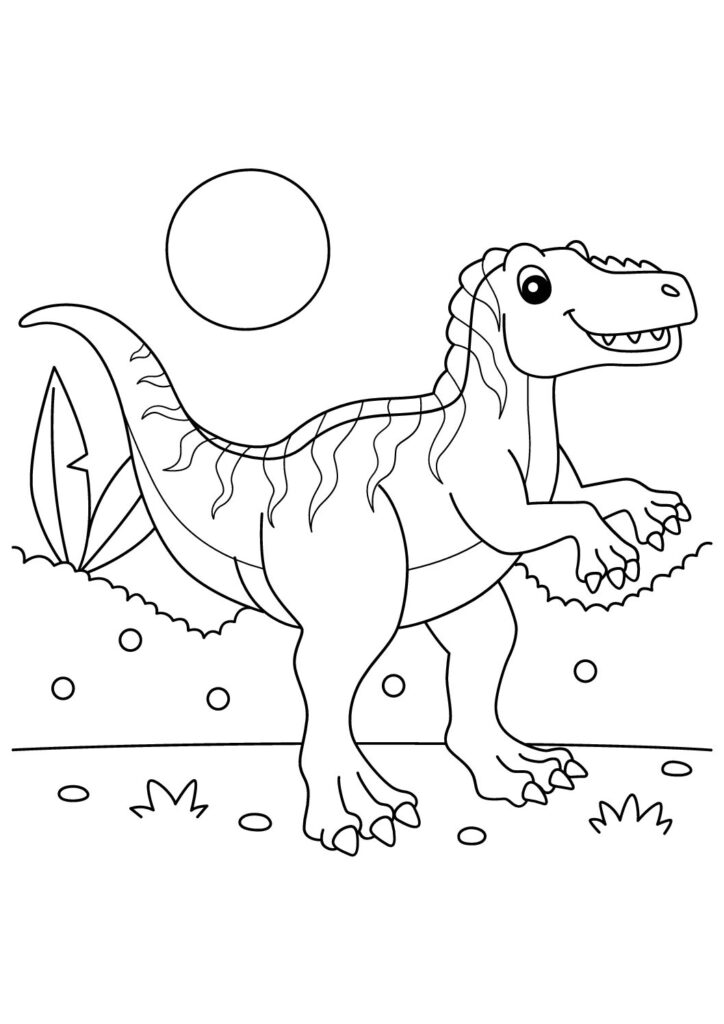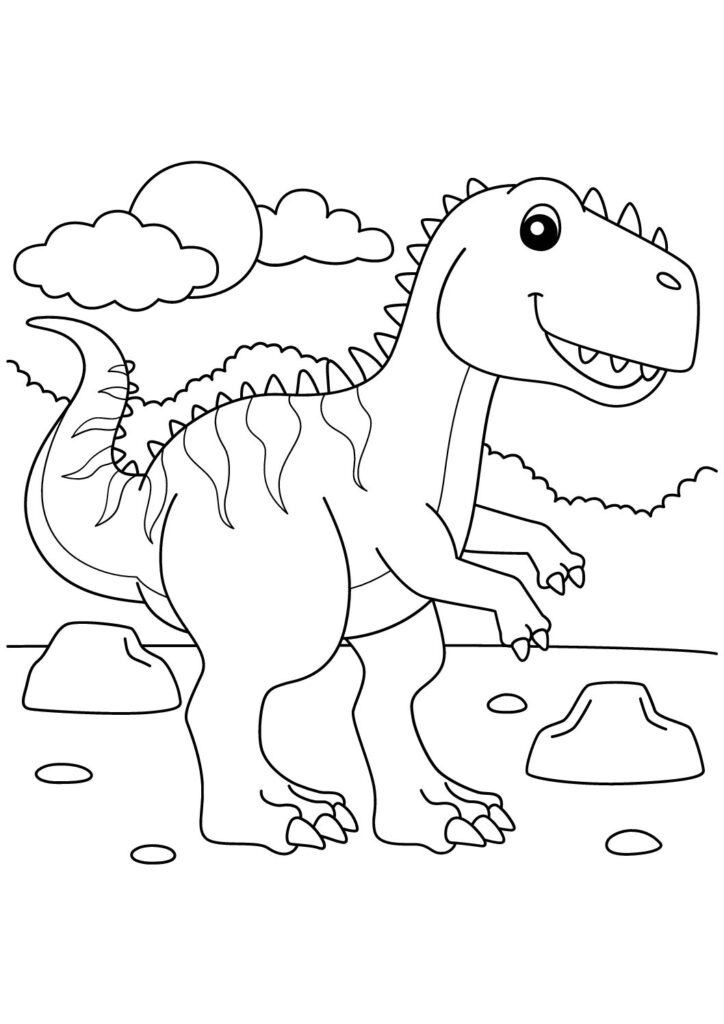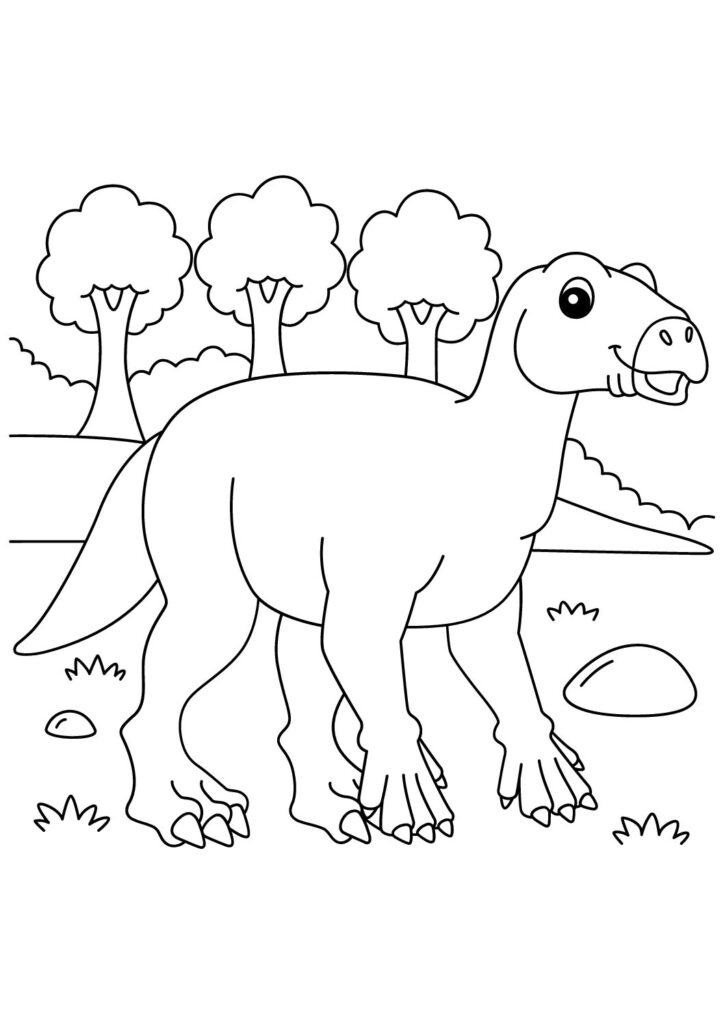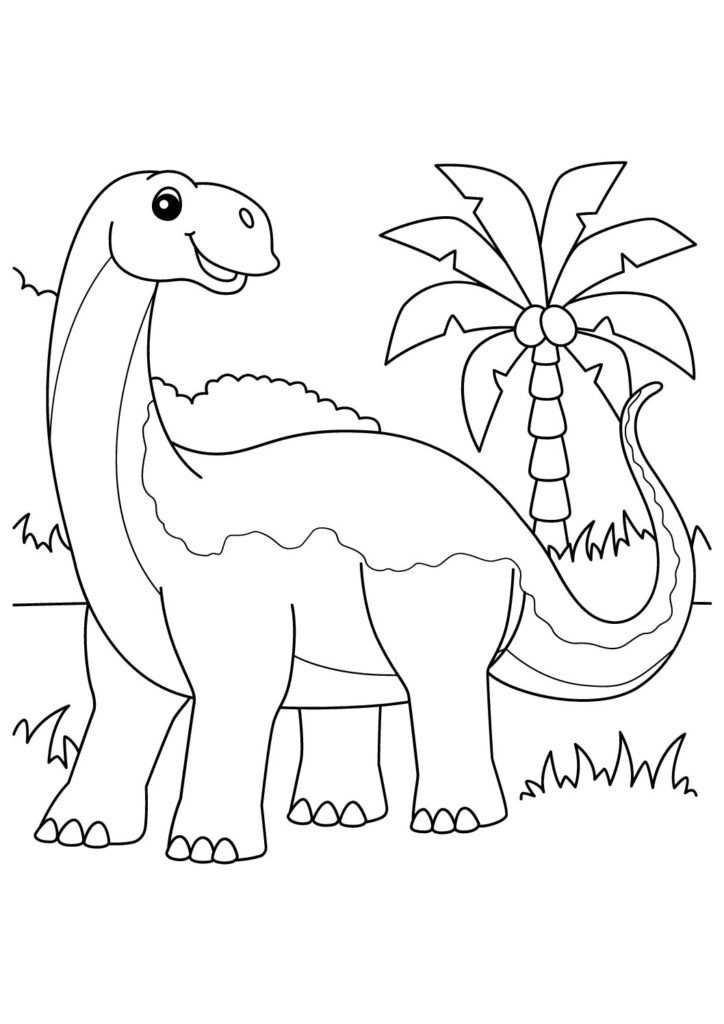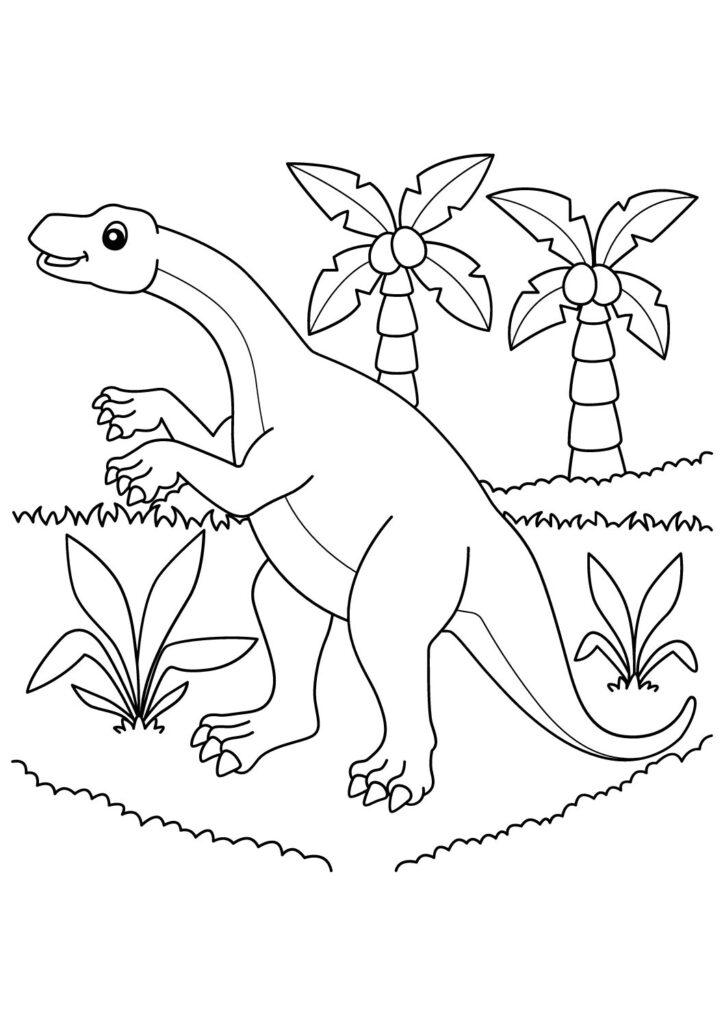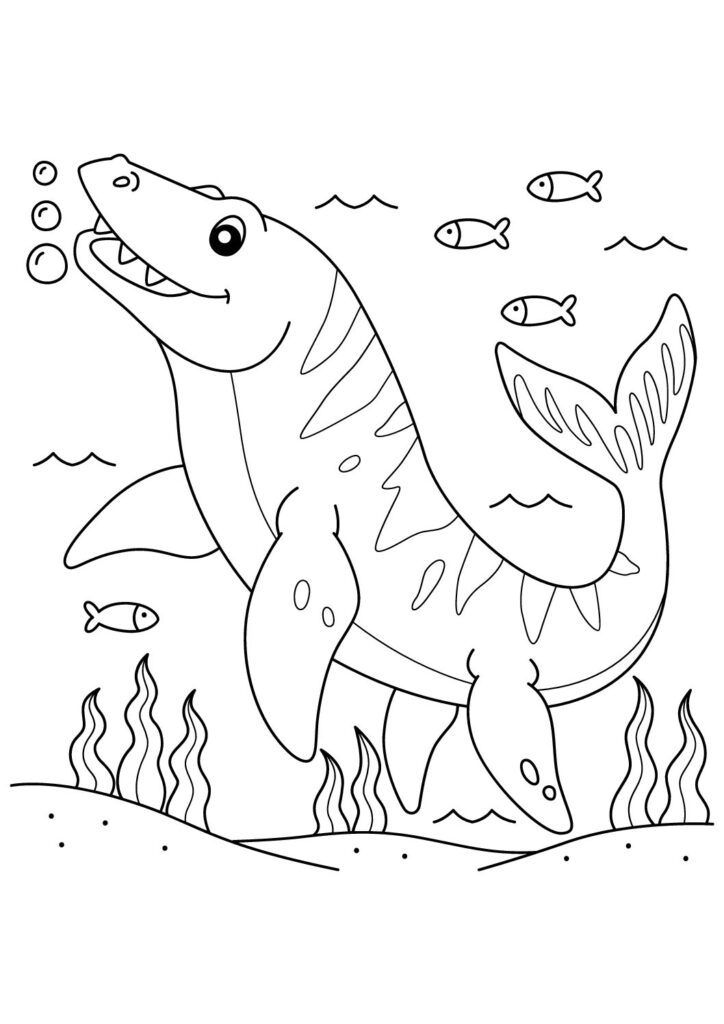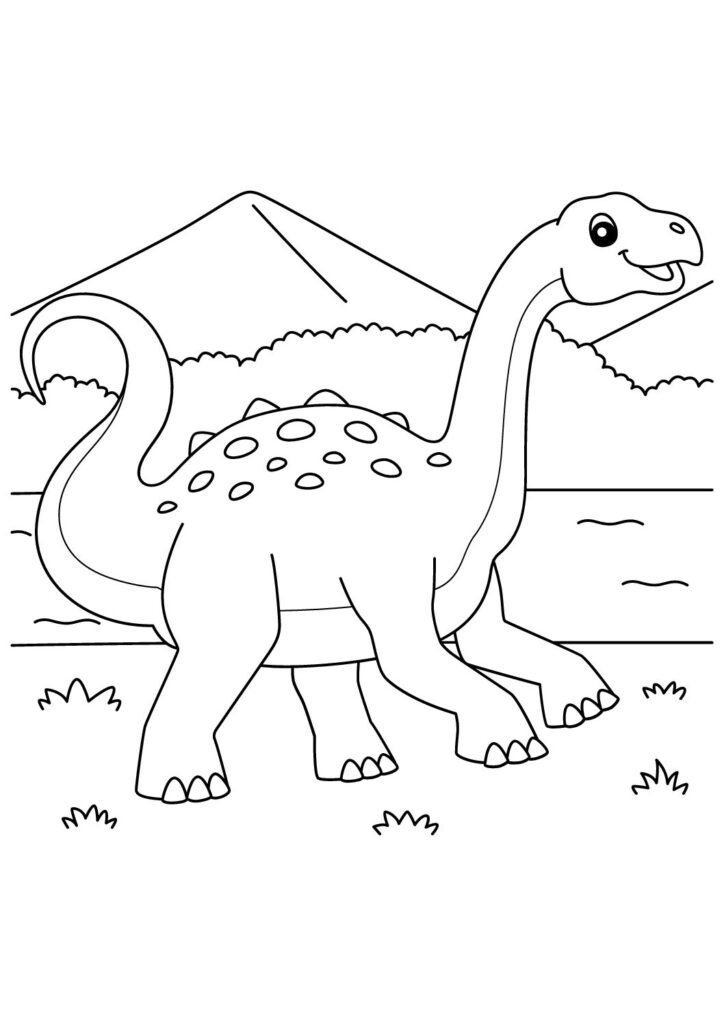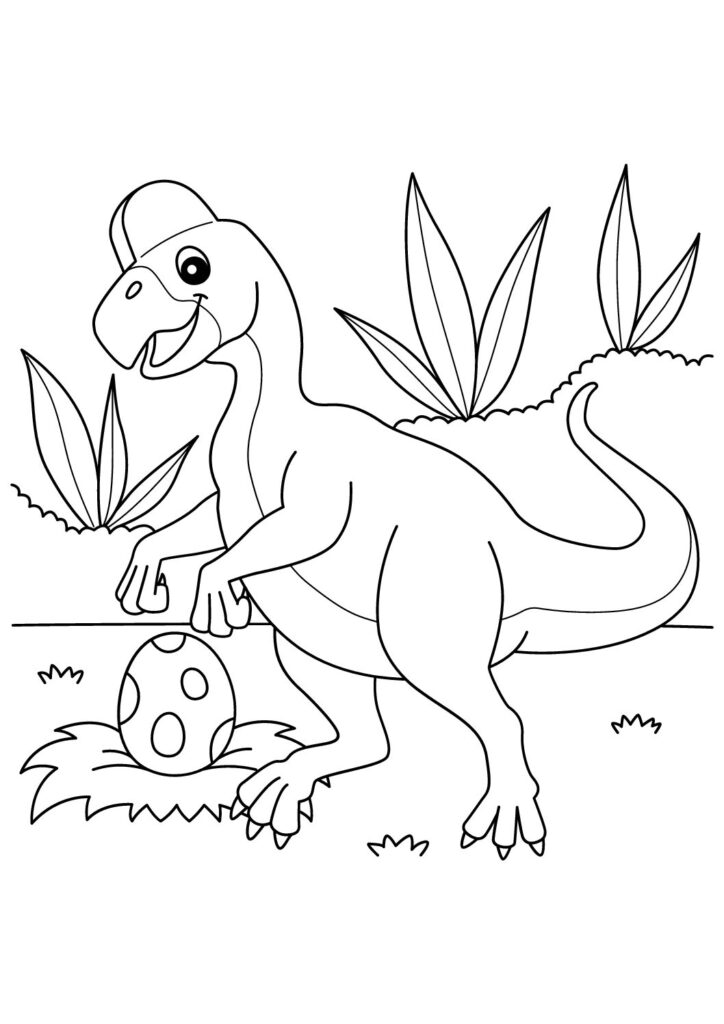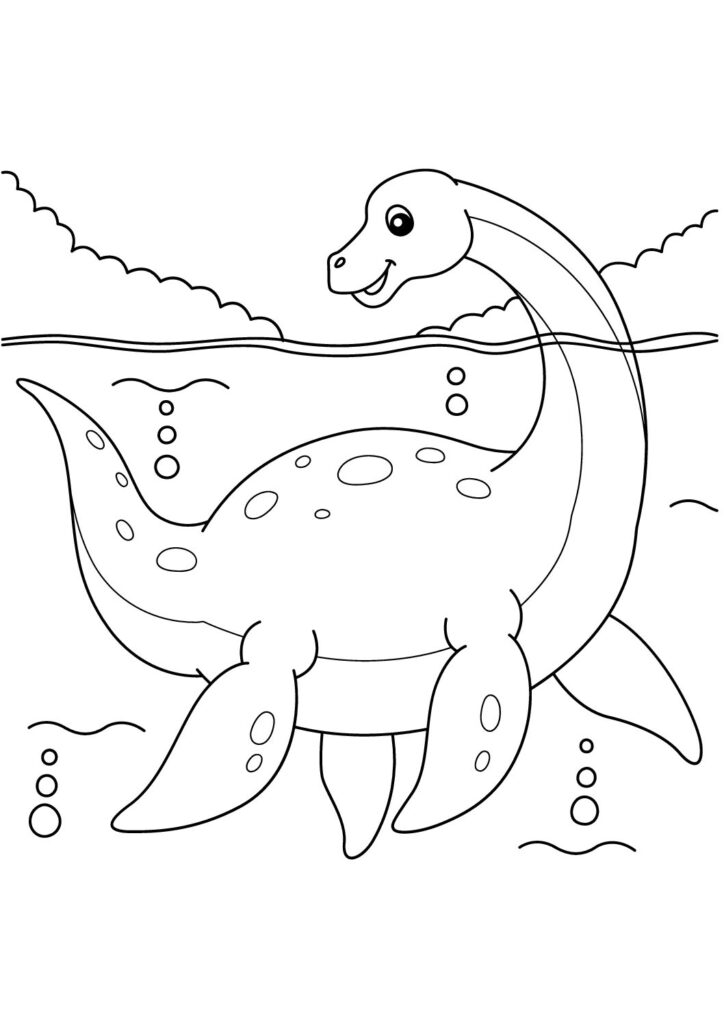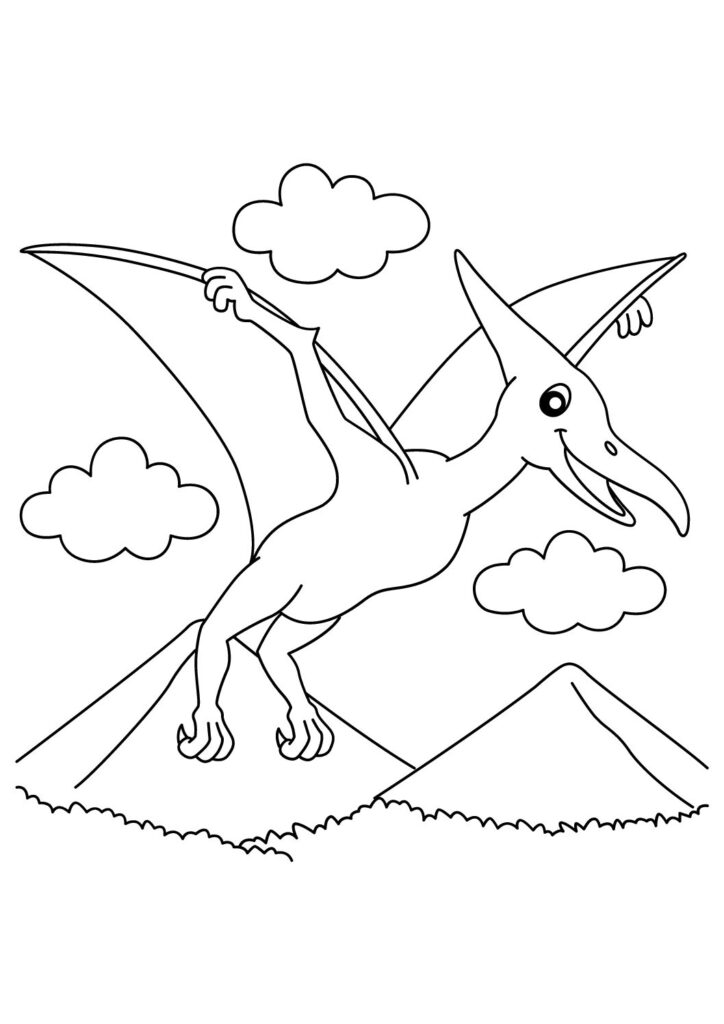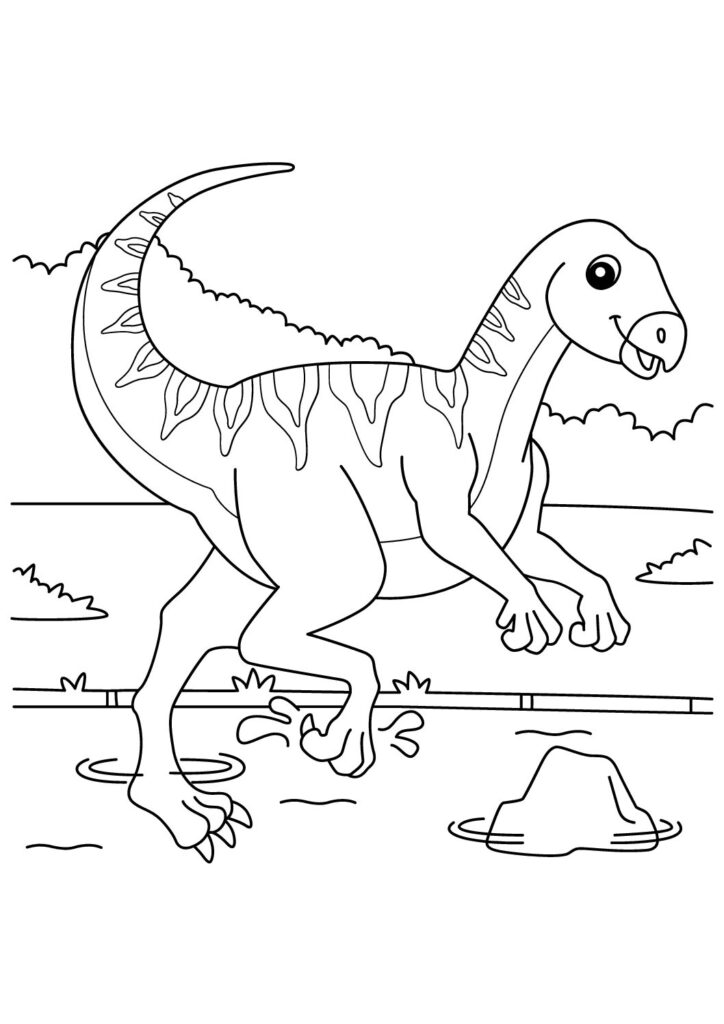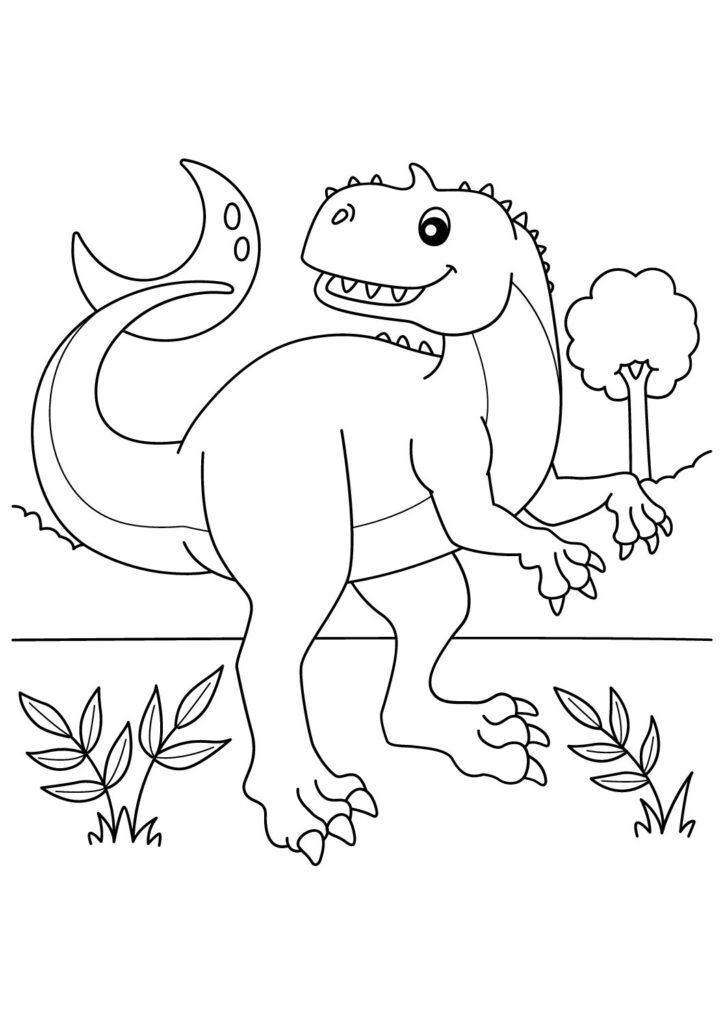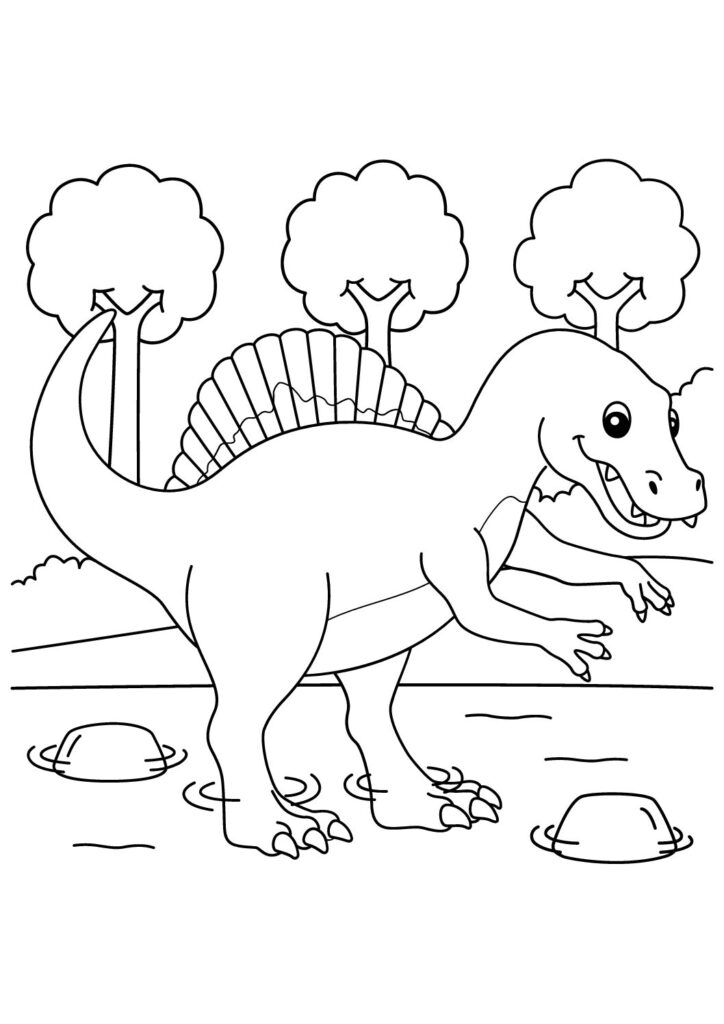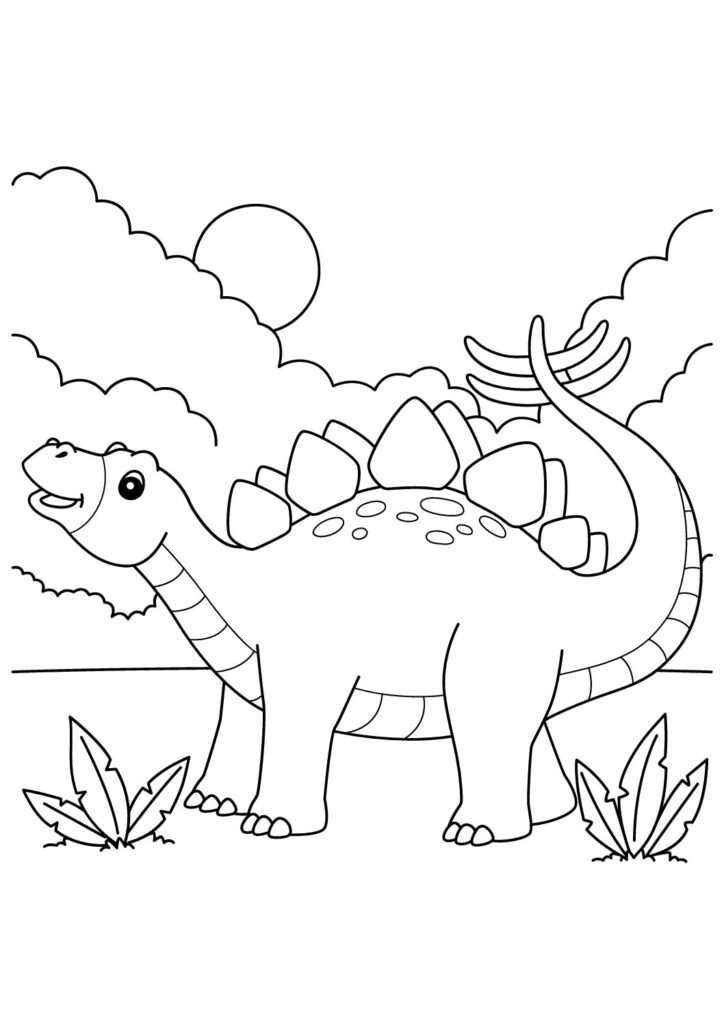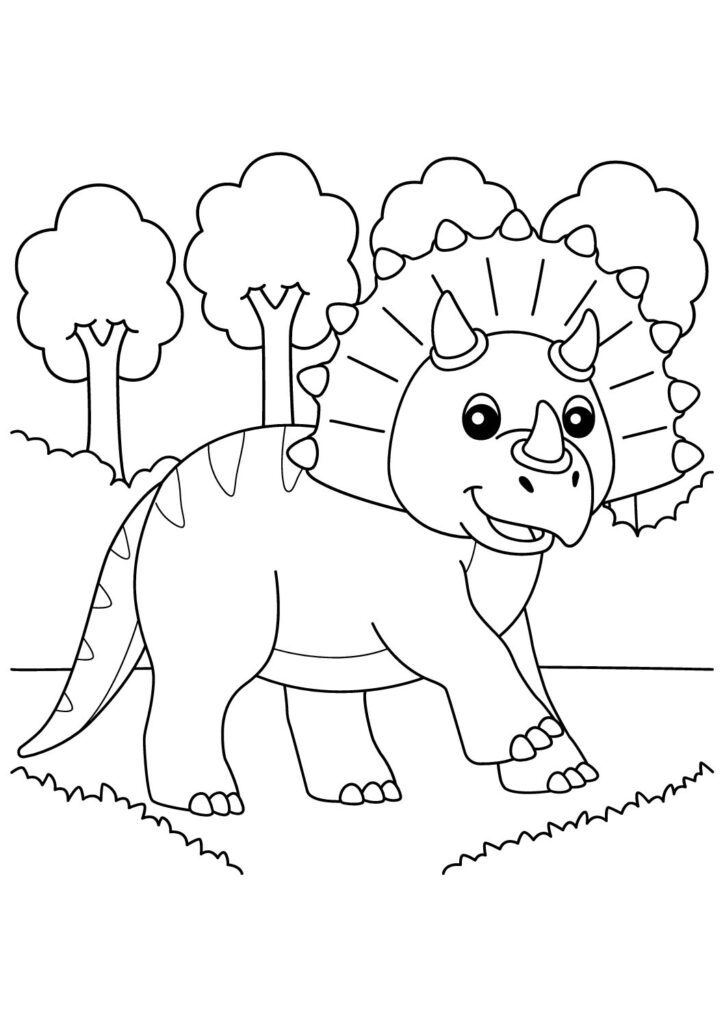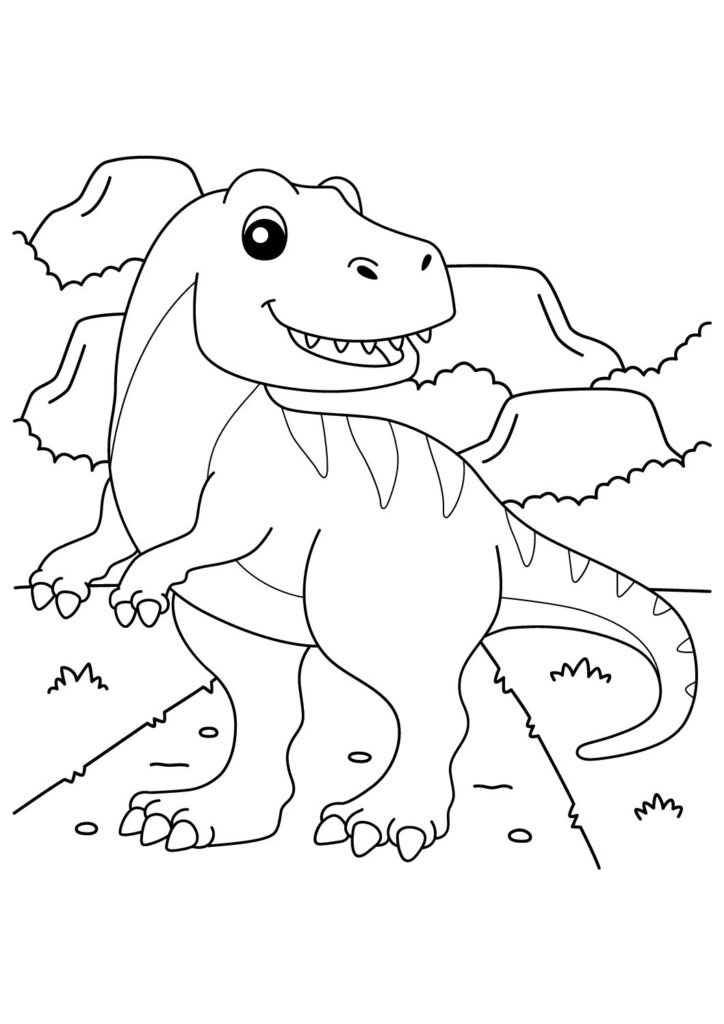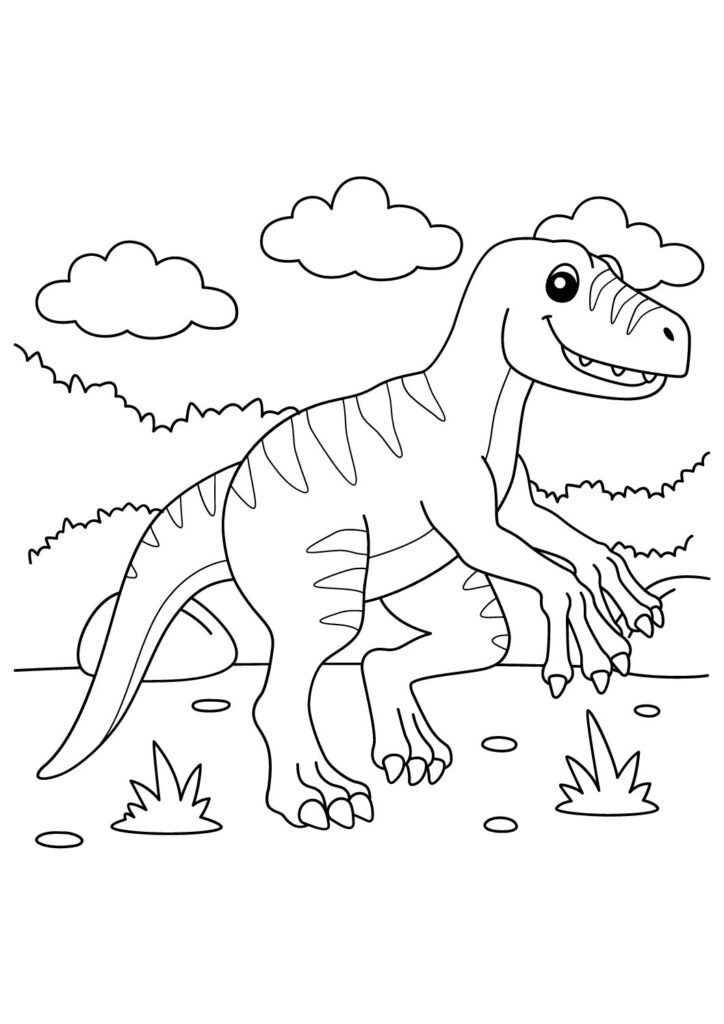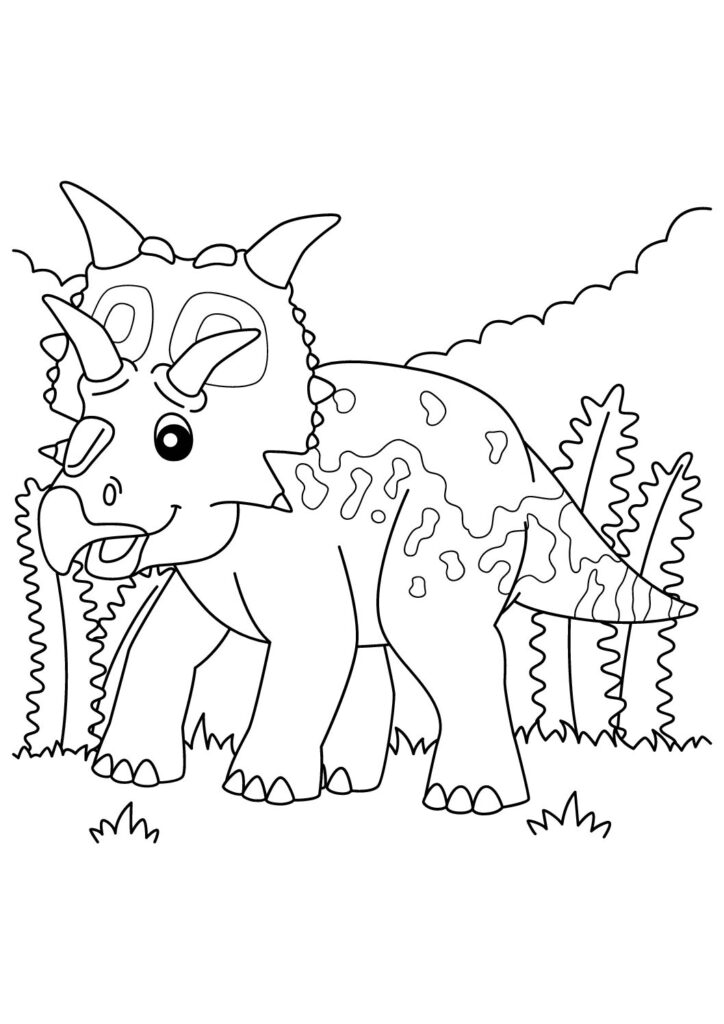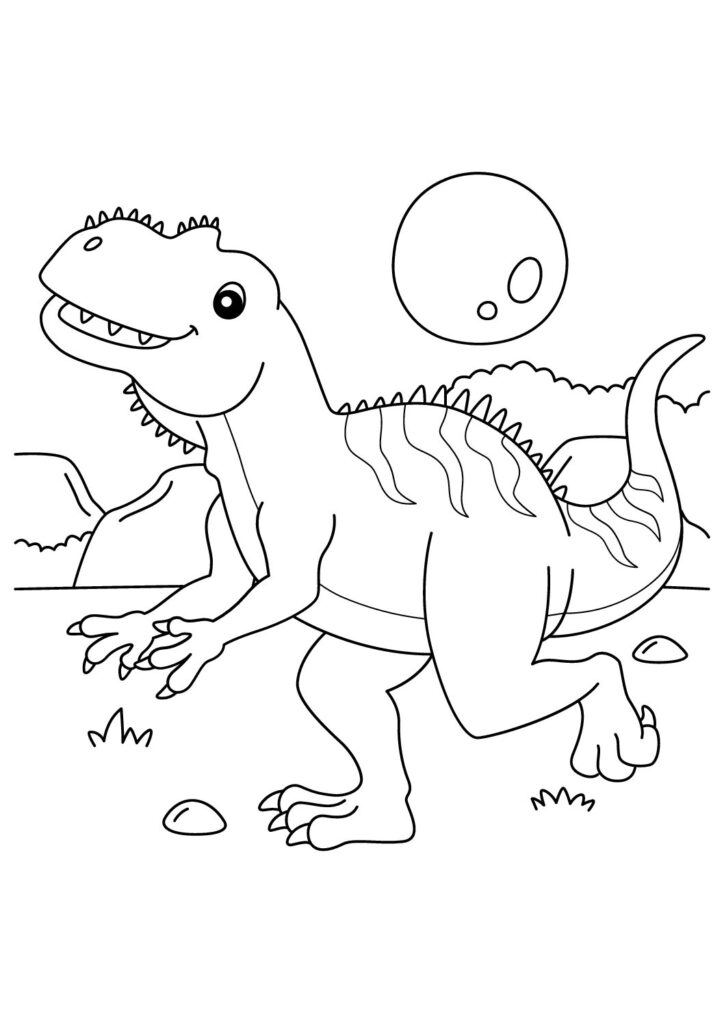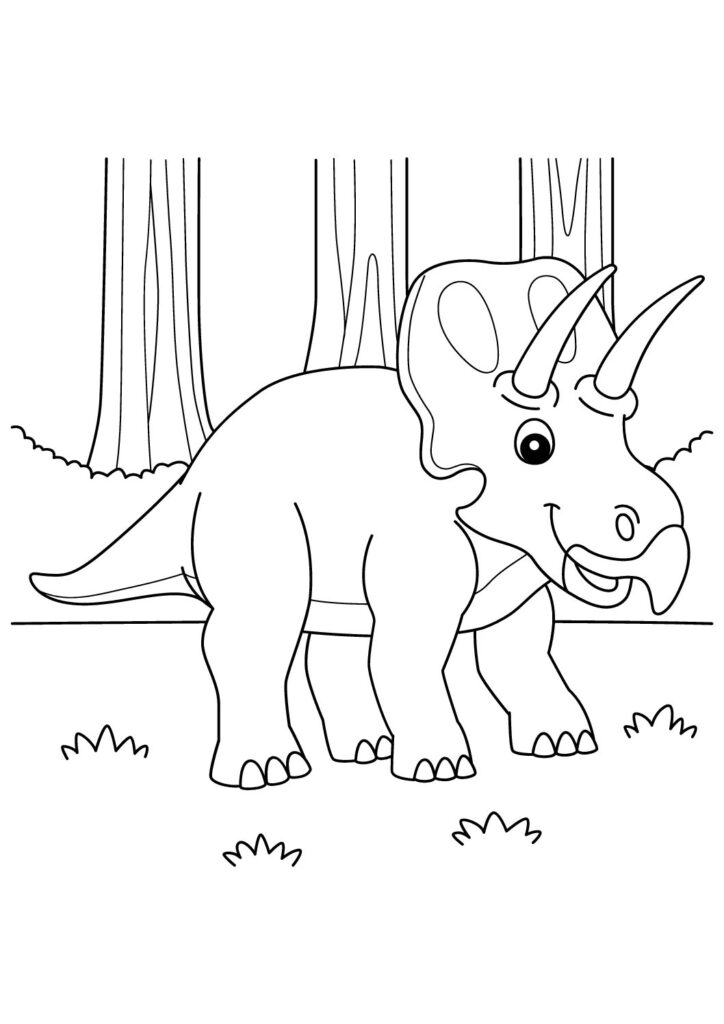1 Free Kentrosaurus Coloring Pages for Download (Printable PDF)

Spike into our free printable collection of Kentrosaurus coloring pages featuring these armored dinosaurs in their defensive poses! Download these high-quality sheets showcasing these unique stegosaurs with their rows of sharp spikes, plated backs, and sturdy bodies displaying their impressive defensive features. Perfect for kids and dinosaur enthusiasts, these detailed prehistoric coloring pages capture the formidable nature of these plant-eating creatures known for their distinctive array of spikes along their backs and tails. Each printable sheet brings these amazing Jurassic defenders to life, highlighting their protective plates, lethal spikes, and powerful build!
Remarkable Kentrosaurus Facts: The Complete Guide to Africa's Spiky Defender
Introduction
Kentrosaurus aethiopicus represents one of Africa’s most distinctive dinosaurs, roaming what is now Tanzania during the Late Jurassic period approximately 155-150 million years ago. This remarkable stegosaurian, whose name appropriately means “pointed lizard,” featured an impressive array of defensive spikes and plates that made it among the most heavily-armed herbivores of its time, providing crucial insights into dinosaur diversity on the southern continents.
Defensive Weaponry
Kentrosaurus possessed an extraordinary defensive array featuring approximately 9 pairs of long, sharp spikes extending horizontally from its shoulders down its tail, with some potentially reaching lengths of 2 feet. Unlike its North American cousin Stegosaurus, which had large dorsal plates along its back, Kentrosaurus featured smaller plates transitioning to formidable paired spikes, creating a more heavily weaponized defensive system that would have presented serious challenges to potential predators.
Physical Characteristics
This medium-sized stegosaur reached approximately 15-17 feet in length while standing around 7 feet tall and weighing an estimated 1-2 tons. Its relatively small head contained a tiny brain (even by dinosaur standards) and simple peg-like teeth adapted for cropping vegetation, while powerful hind limbs supported a body significantly smaller than its famous relative Stegosaurus yet equipped with proportionally more extensive defensive adaptations.
Scientific Discovery
German paleontologists discovered Kentrosaurus remains during the famous Tendaguru expeditions of 1909-1912—one of history’s largest dinosaur excavations that recovered over 250 tons of fossils from Tanzania. This remarkable collection effort yielded hundreds of Kentrosaurus bones representing dozens of individuals, making it one of the best-represented stegosaurs in the fossil record and providing exceptional opportunities to understand individual and growth variations.
Defensive Strategy
The extensive spike arrangement of Kentrosaurus suggests it relied heavily on active defense rather than deterrence or camouflage, potentially using its mobile tail as a defensive weapon similar to other stegosaurs. When threatened, it could likely swing its tail with considerable force, driving the sharp spikes into potential attackers with devastating effect, while the paired shoulder spikes would have protected its vulnerable neck region from predators attempting to attack from the sides.
Ecological Significance
Kentrosaurus shared its environment with massive sauropods including Giraffatitan and Dicraeosaurus, occupying a different ecological niche as a low-to-mid browsing herbivore. Its specialized defenses would have been particularly effective against large predators like Allosaurus-related carnivores that hunted in the region, with their extensive spike system potentially allowing even solitary individuals to defend themselves effectively against sizeable threats.
Evolutionary Context
As a member of Stegosauria, Kentrosaurus represents part of a successful group of armored dinosaurs that diversified across multiple continents during the Jurassic period. Its distinctive anatomical features provide important evidence for understanding stegosaur adaptations in African ecosystems, demonstrating how these remarkable animals evolved specialized defensive strategies in response to local predatory threats and environmental conditions.
